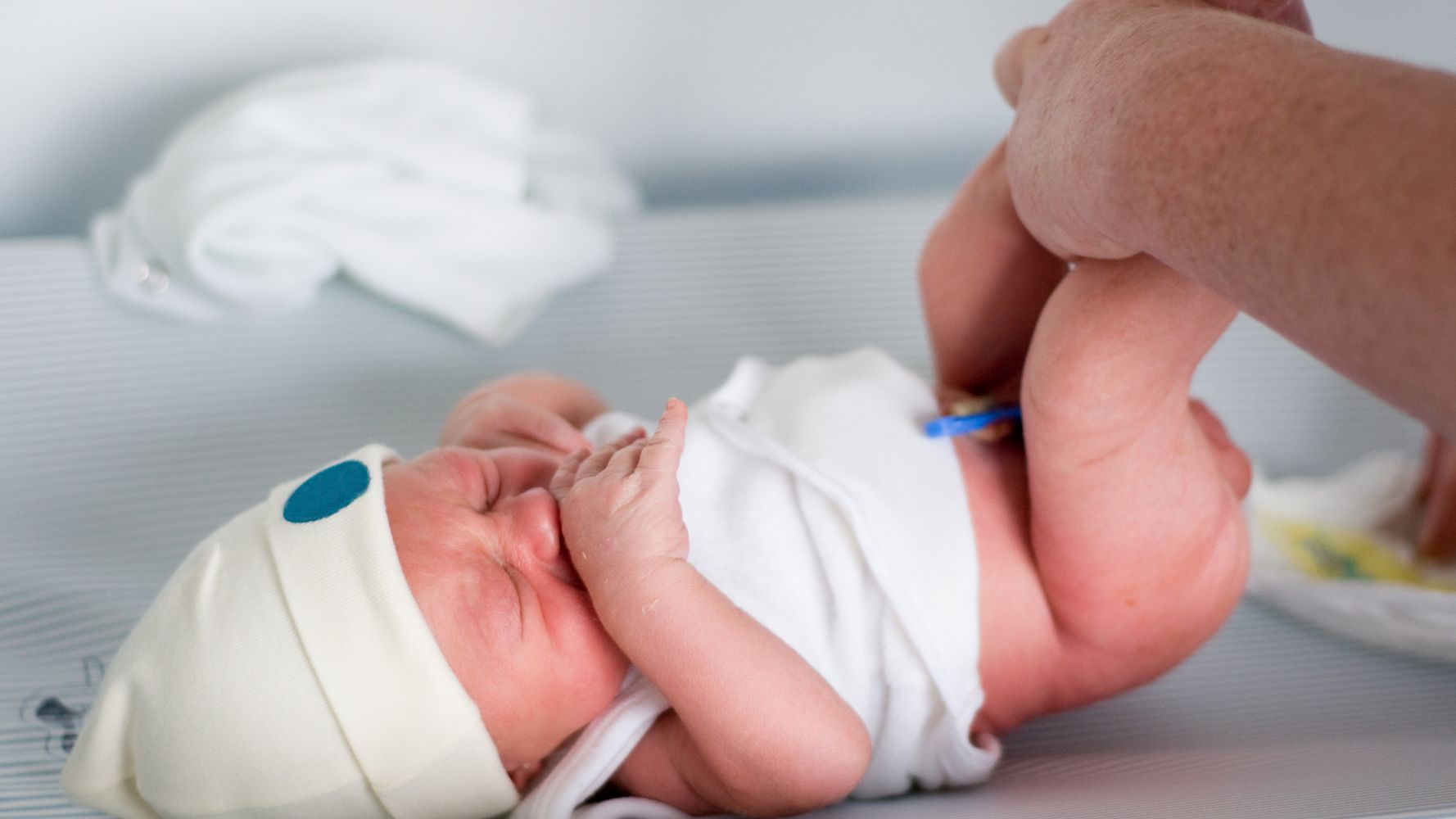 Source: bing.com
Source: bing.comDuring pregnancy, many changes happen to the mother’s body. One of the most important changes happens in the developing fetus, which is the development of the umbilical cord. The umbilical cord is a vital connection between the baby and the mother, allowing the exchange of nutrients and oxygen. But when does baby develop umbilical cord, and what is the process of its formation?
Table of Contents
When does baby develop umbilical cord?
The umbilical cord starts to form at around week 5 of pregnancy. This is when the embryo is implanted in the uterus, and the placenta starts to develop. The placenta is an organ that forms inside the uterus and connects the developing fetus to the mother’s blood supply. The umbilical cord is formed from the same cells as the placenta and connects the fetus to the placenta.
The umbilical cord is made up of two arteries and one vein. The arteries carry deoxygenated blood and waste products from the fetus to the placenta, while the vein carries oxygenated blood and nutrients from the placenta to the fetus. As the umbilical cord develops, it grows longer and thicker to accommodate the growing fetus, and it becomes coiled to prevent compression.
What is the process of umbilical cord formation?
The process of umbilical cord formation is complex and involves the interaction of many different cells and tissues. The formation of the umbilical cord starts with the development of the yolk sac. The yolk sac is a sac-like structure that forms during early embryonic development and is responsible for producing the first blood cells.
As the yolk sac grows, it produces extraembryonic mesoderm. This is a layer of cells that surrounds the yolk sac and the developing embryo. The extraembryonic mesoderm is responsible for forming the lining of the yolk sac and the chorion, which is the outermost membrane that surrounds the embryo.
The chorion is essential for the formation of the placenta and the umbilical cord. The chorion contains blood vessels that will eventually connect to the developing fetus, and it also contains a layer of cells called the trophoblast. The trophoblast is responsible for invading the uterine wall and forming the placenta.
As the trophoblast invades the uterine wall, it also forms the connecting stalk, which is the precursor to the umbilical cord. The connecting stalk contains the umbilical vessels, which will eventually become the umbilical cord. As the fetus grows, the umbilical cord becomes longer and thicker to accommodate its needs.
Conclusion
In conclusion, the umbilical cord is a vital connection between the developing fetus and the mother. It starts to form at around week 5 of pregnancy and is formed from the same cells as the placenta. The process of umbilical cord formation is complex and involves the interaction of many different cells and tissues. As the fetus grows, the umbilical cord becomes longer and thicker to accommodate its needs.
Frequently Asked Questions About When Does Baby Develop Umbilical Cord
Q: Can the umbilical cord become tangled?
Yes, the umbilical cord can become tangled or compressed during pregnancy, which can cause problems for the fetus. This is more common in multiple pregnancies or when there is a long umbilical cord.
Q: How long is the umbilical cord?
The length of the umbilical cord varies, but it is usually around 50-60 cm long. In some cases, the umbilical cord can be shorter or longer than this.
Q: Can problems with the umbilical cord affect the baby?
Yes, problems with the umbilical cord can affect the baby’s growth and development. This can include issues such as restricted blood flow, which can lead to low birth weight, preterm labor, or stillbirth.
Q: When should I contact my doctor if I have concerns about the umbilical cord?
If you have any concerns about the umbilical cord or your baby’s growth and development, you should contact your doctor right away. They can perform tests and monitor your pregnancy to ensure that everything is progressing normally.
Q: Can I do anything to prevent problems with the umbilical cord?
While there is no way to prevent all problems with the umbilical cord, there are things that you can do to reduce your risk. This includes avoiding smoking and alcohol during pregnancy, eating a healthy diet, and getting regular prenatal care.
